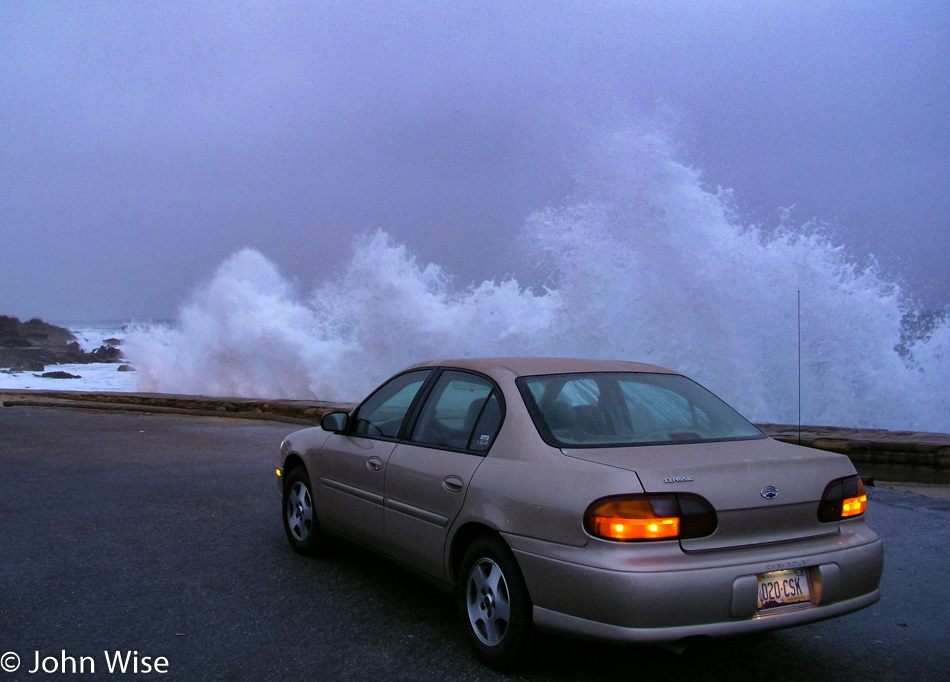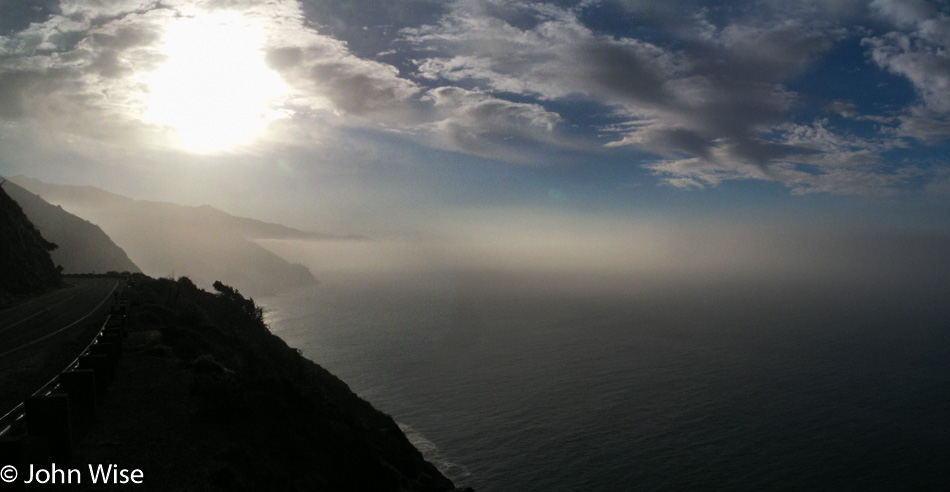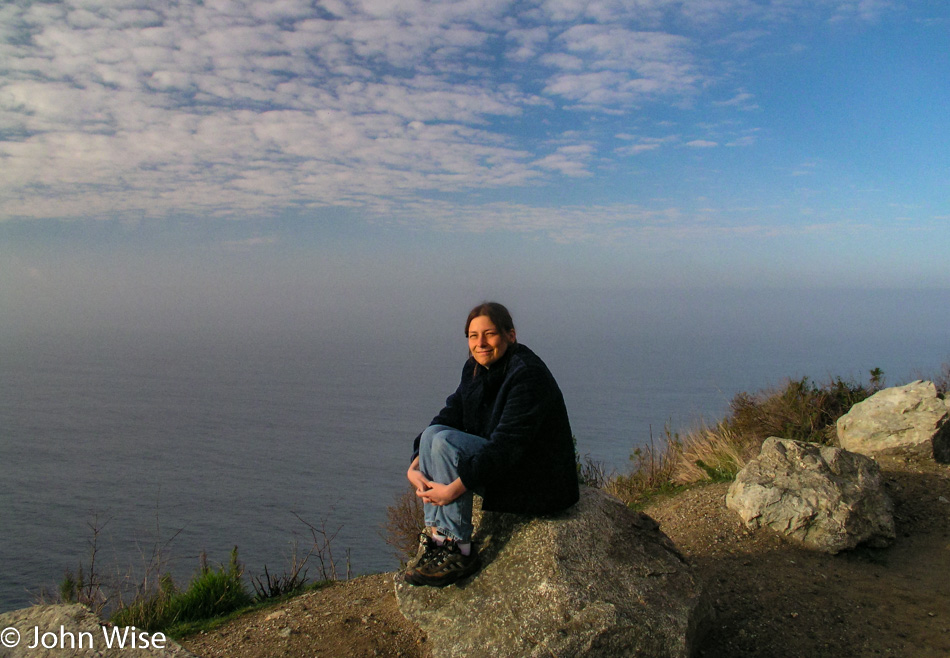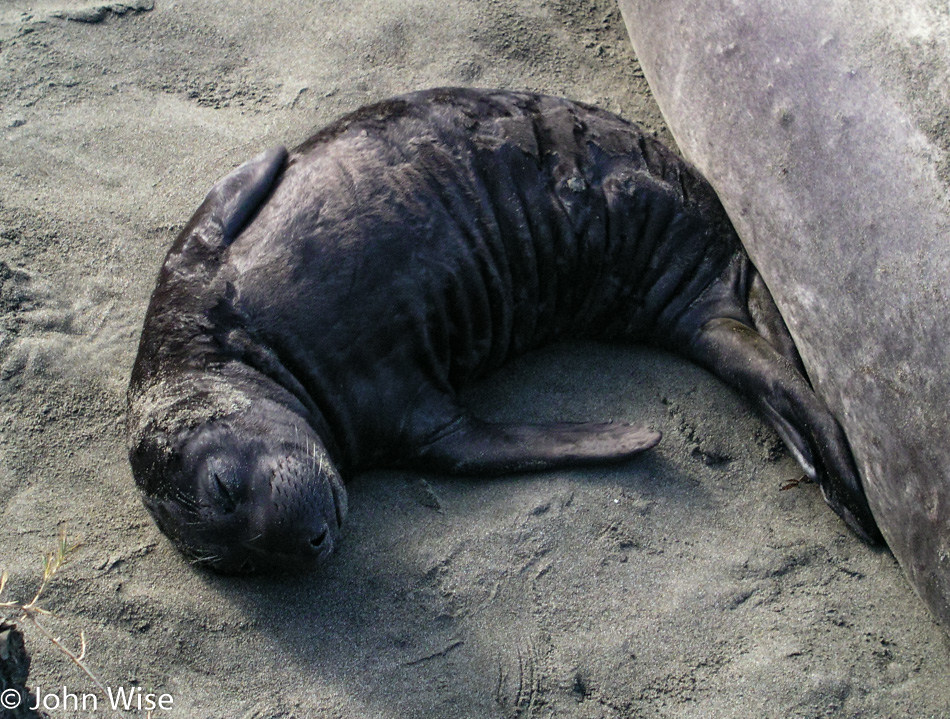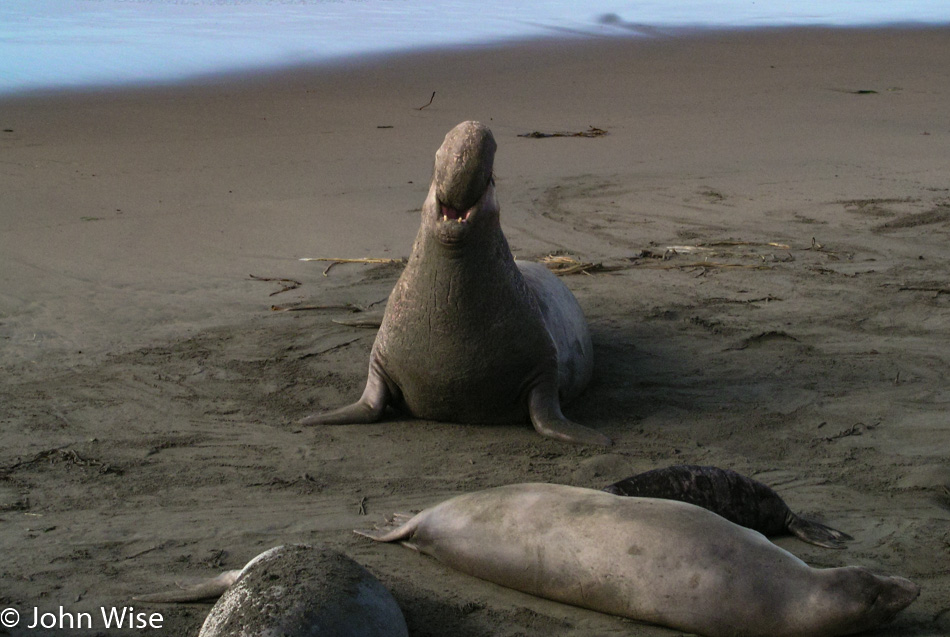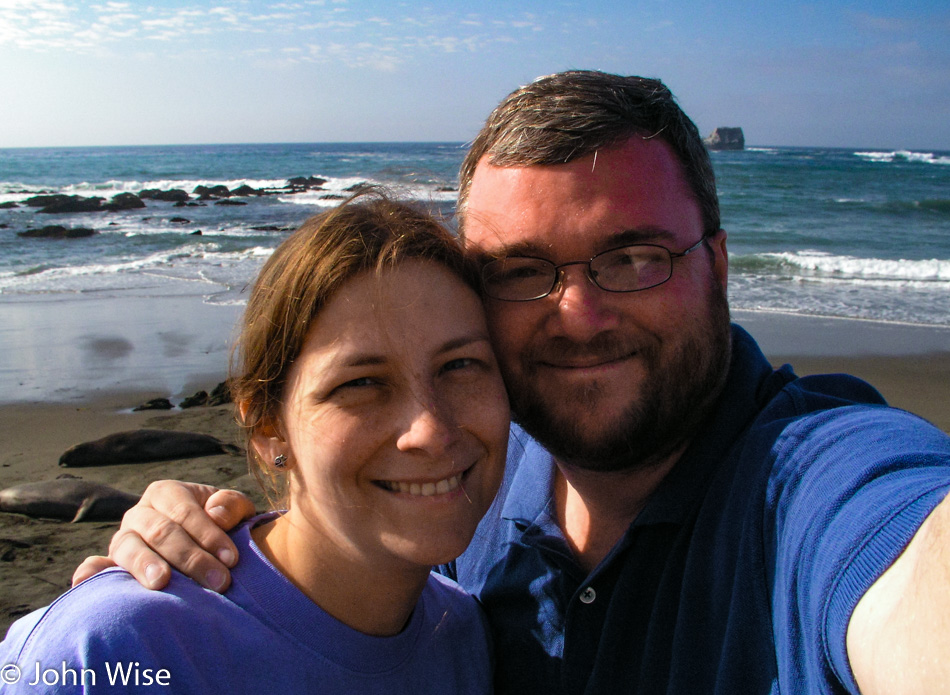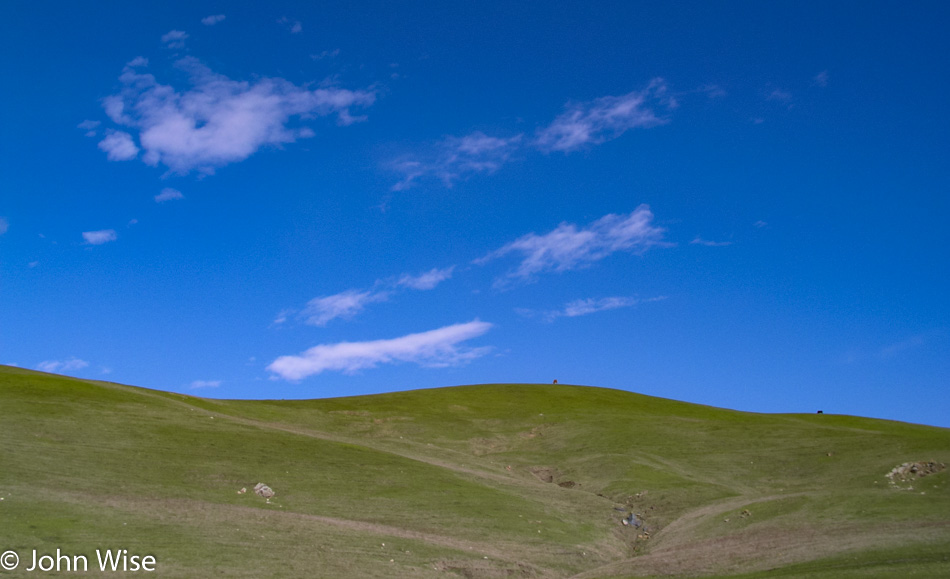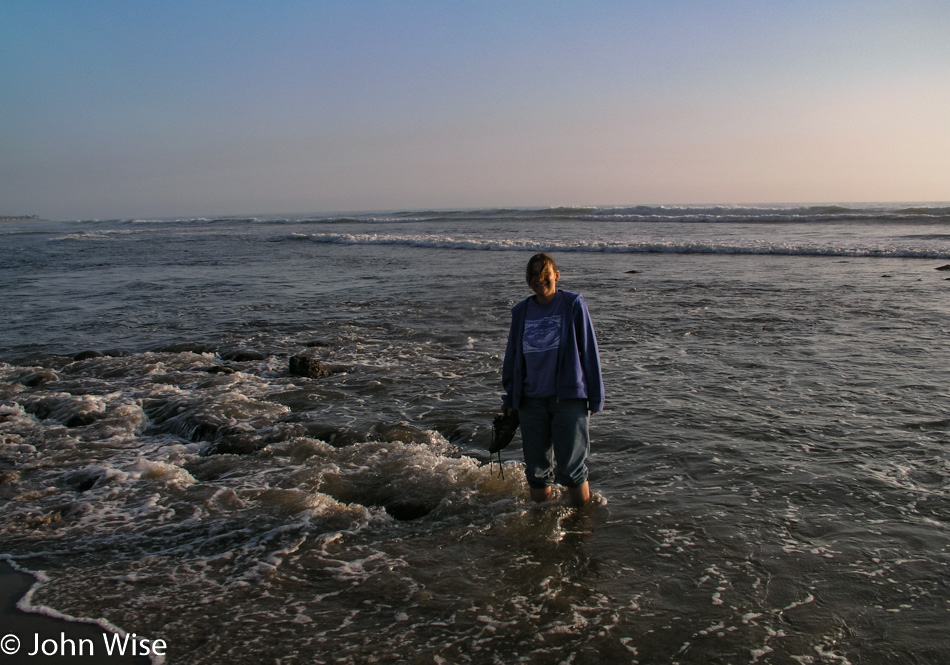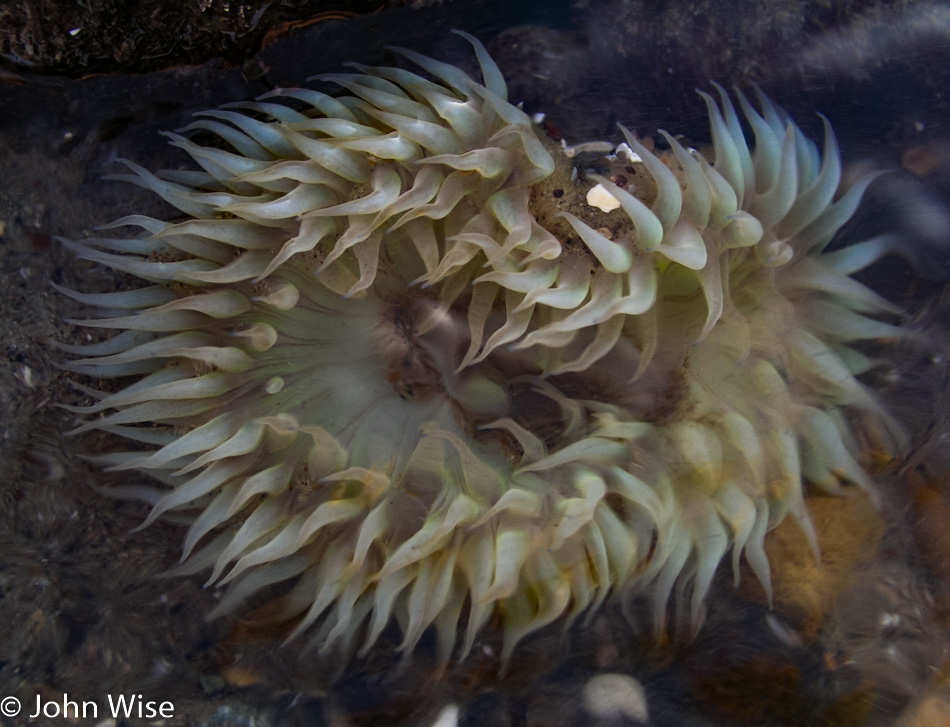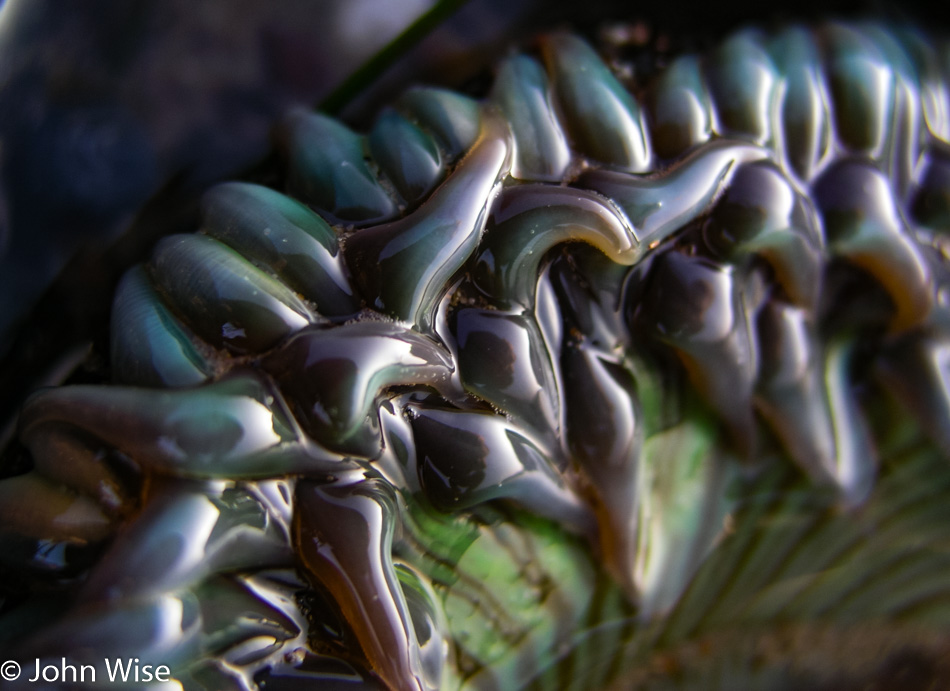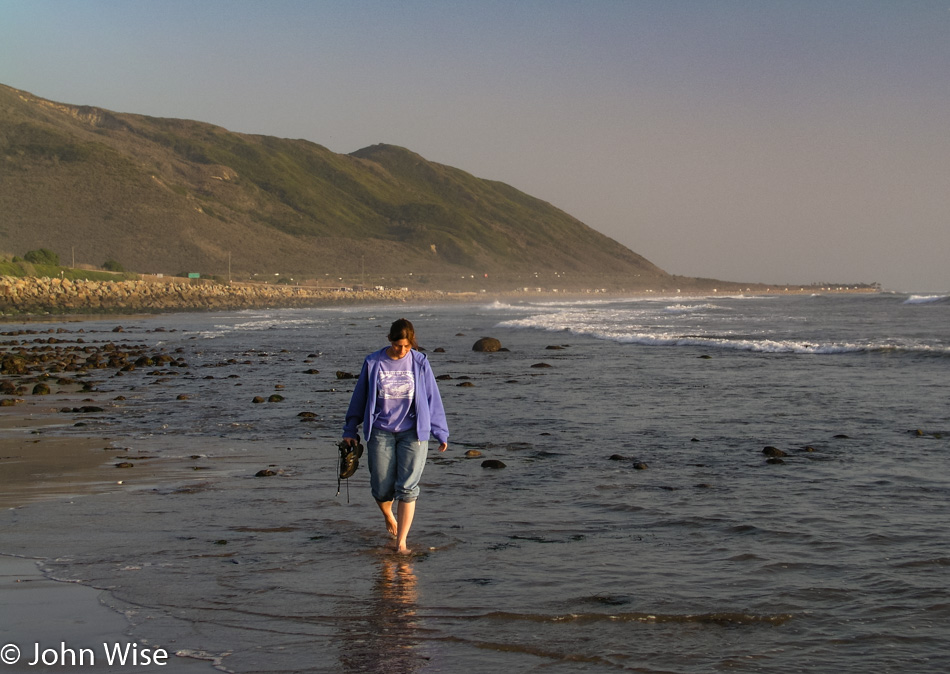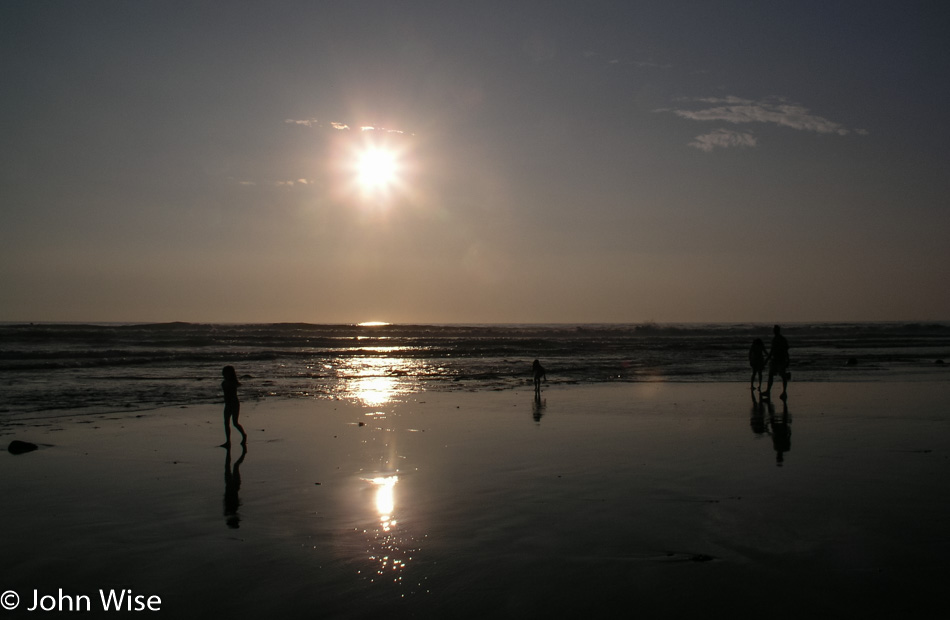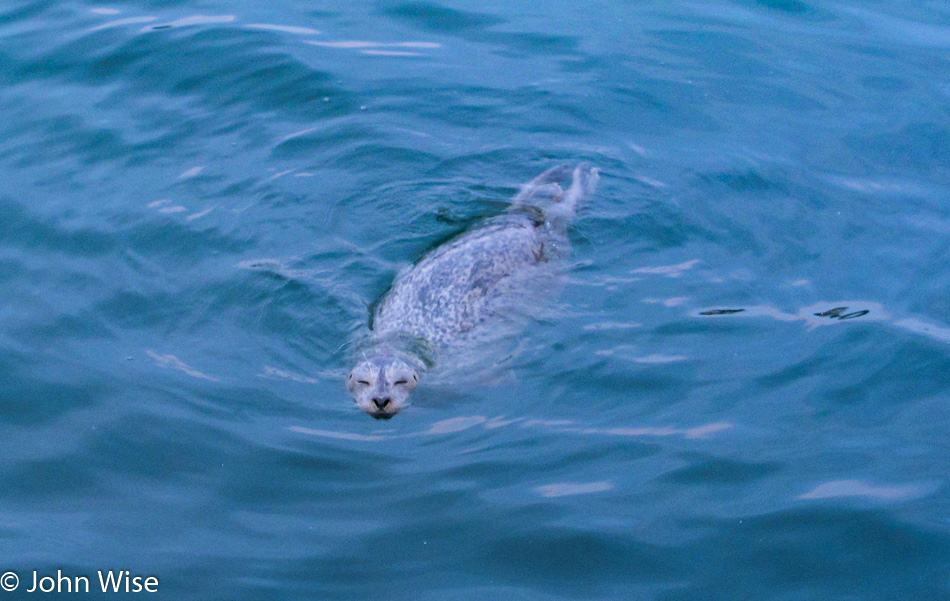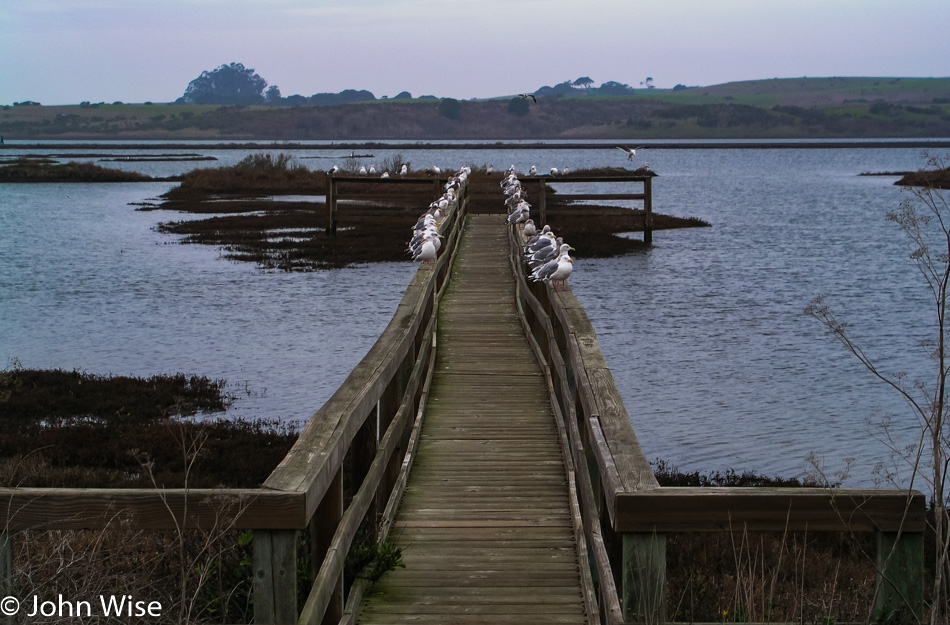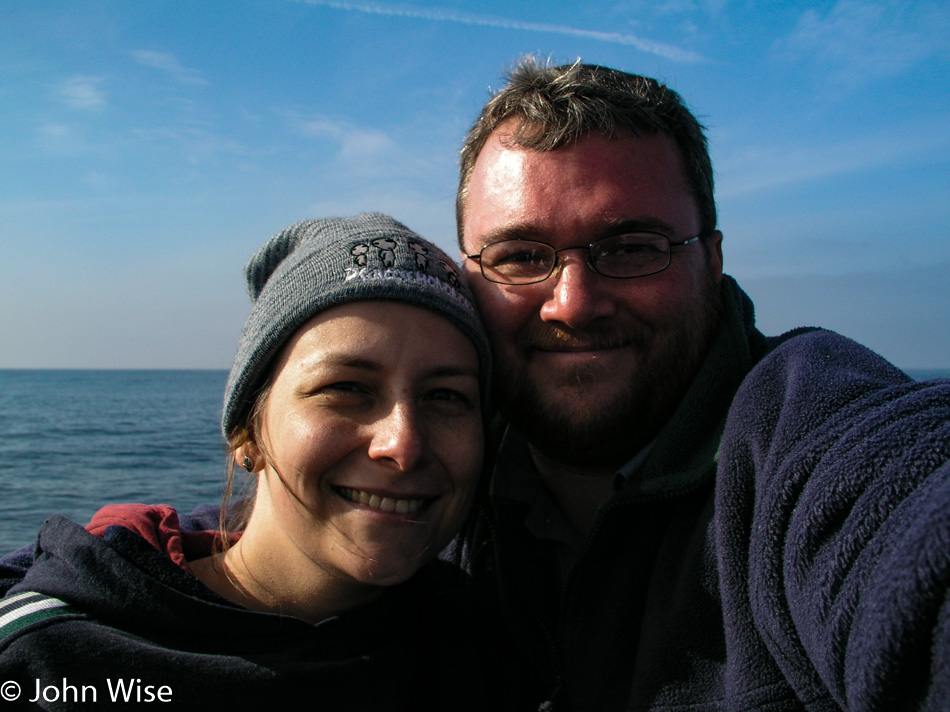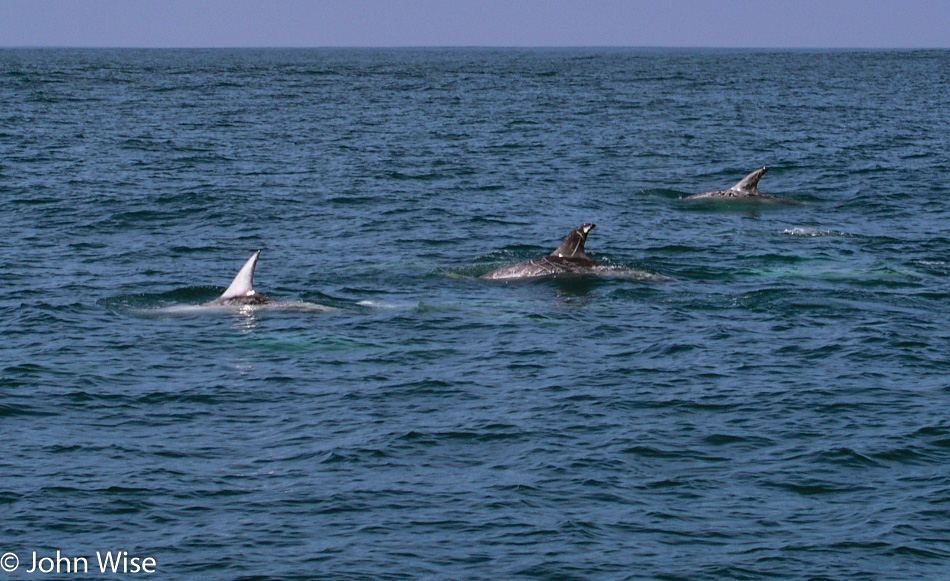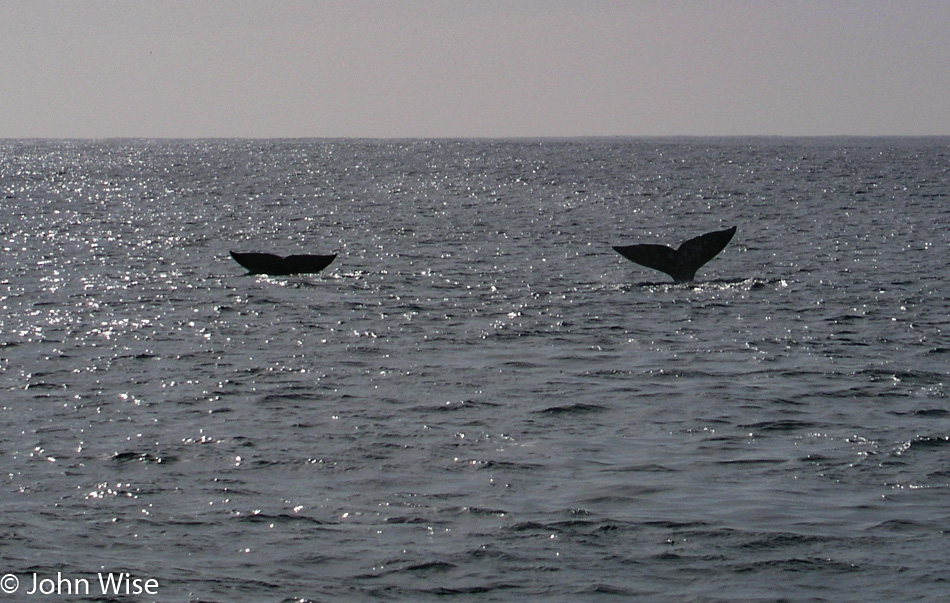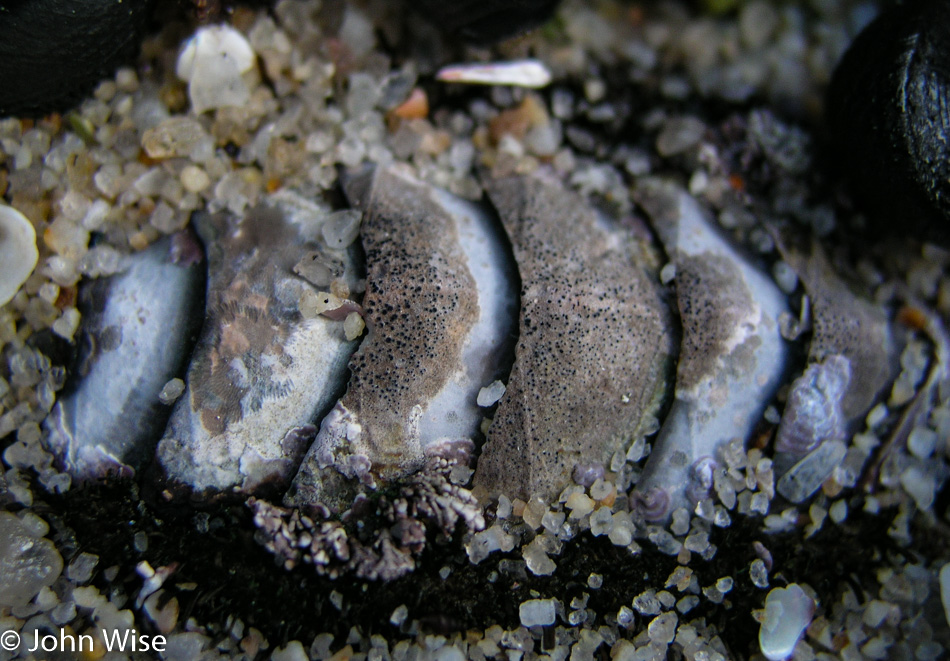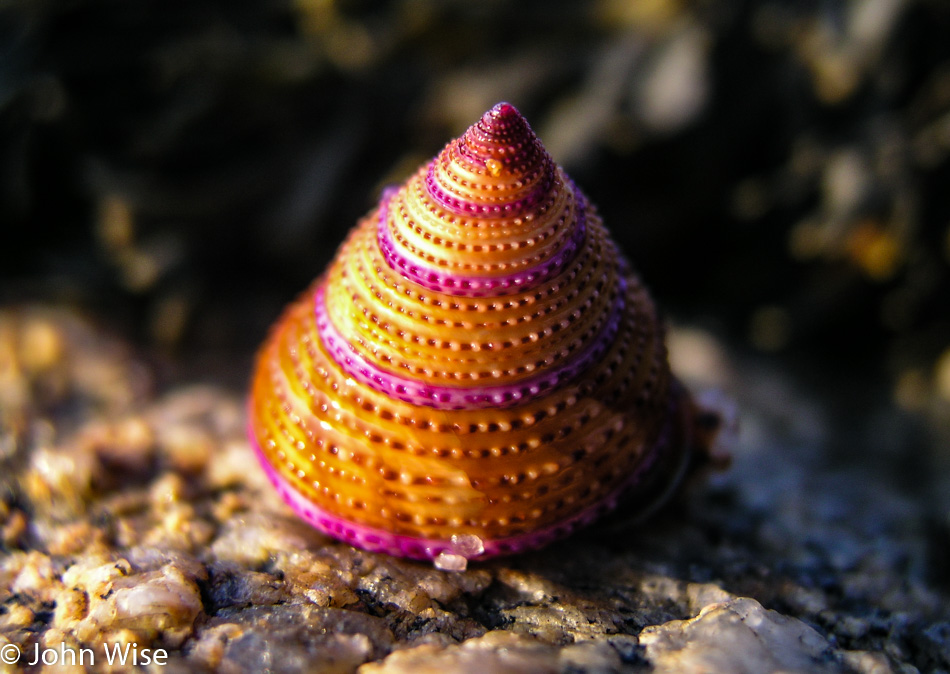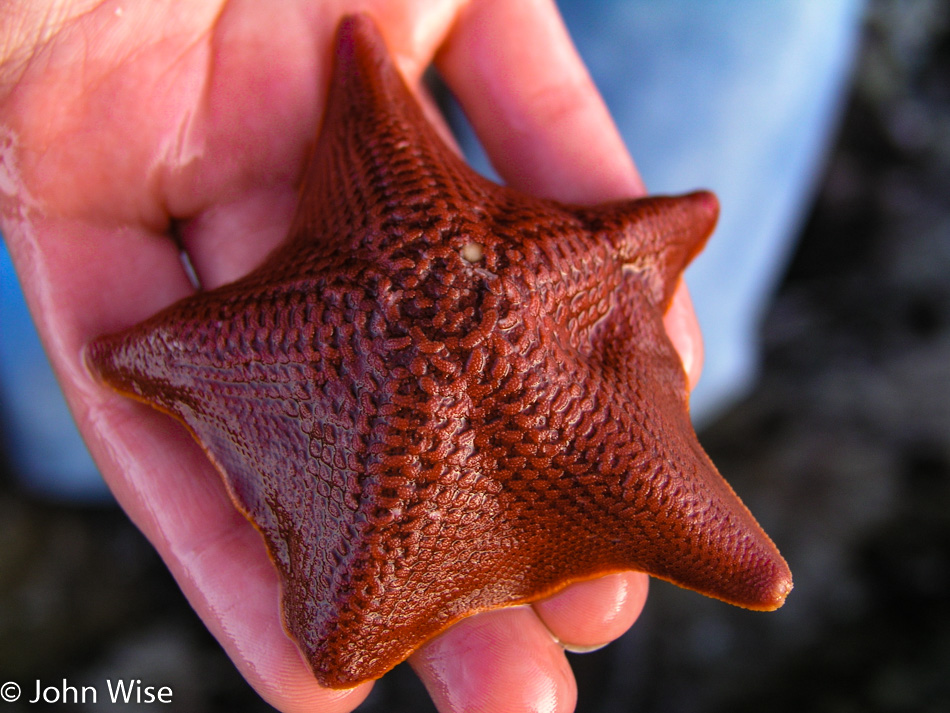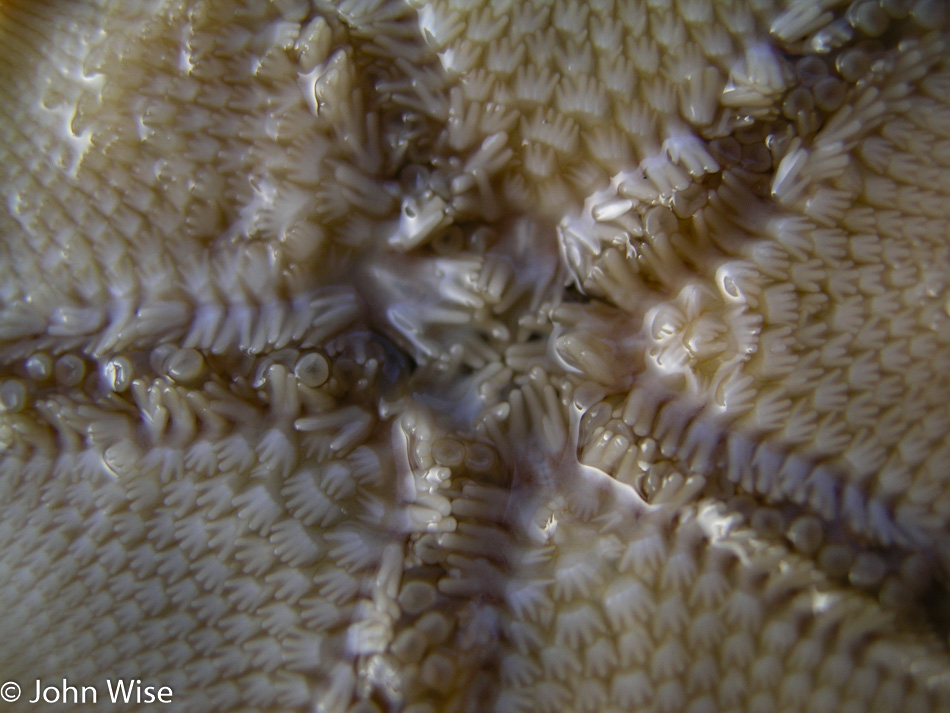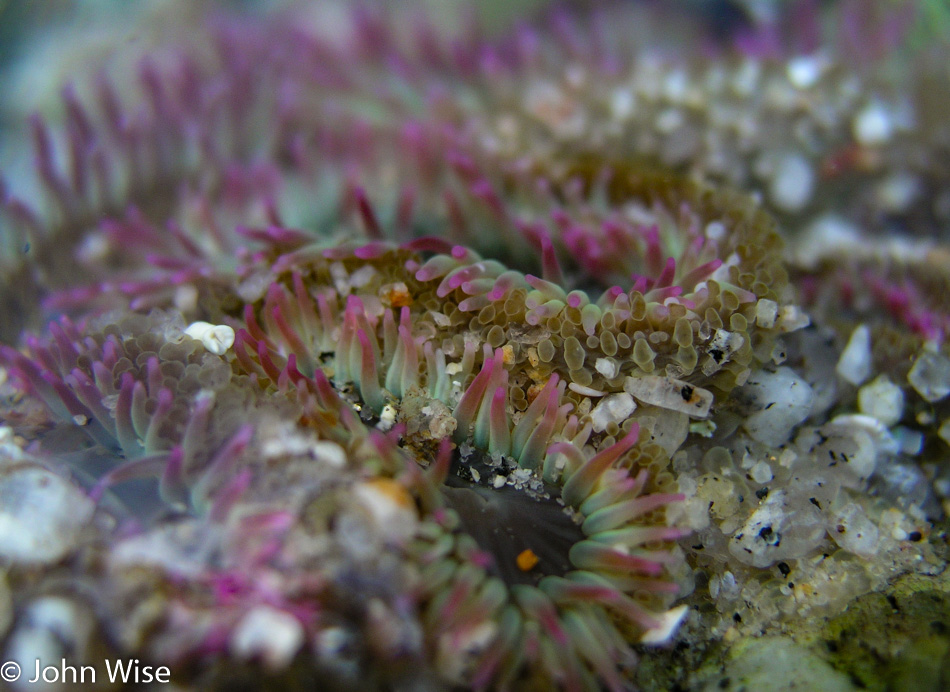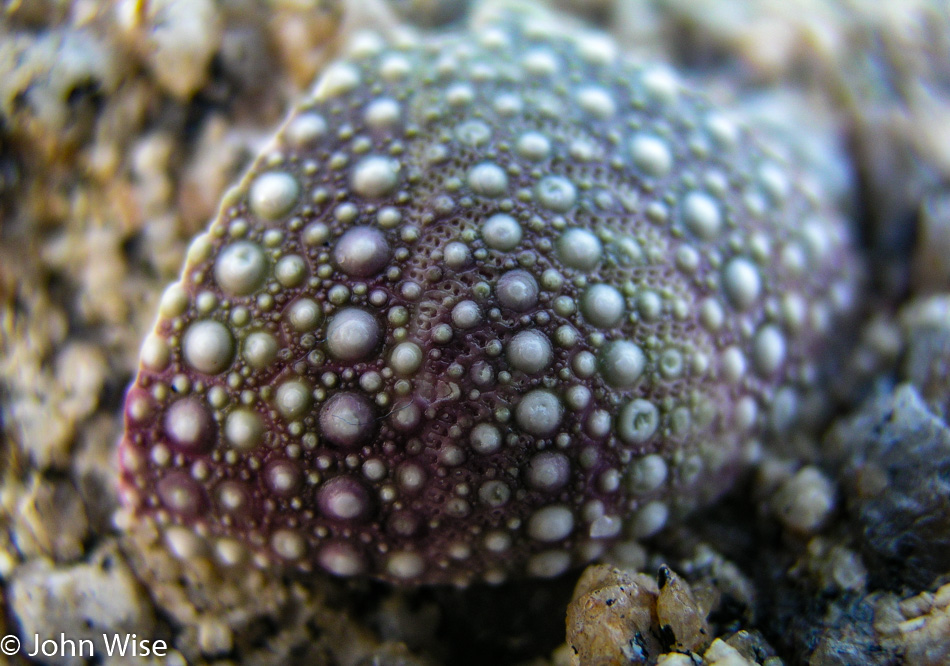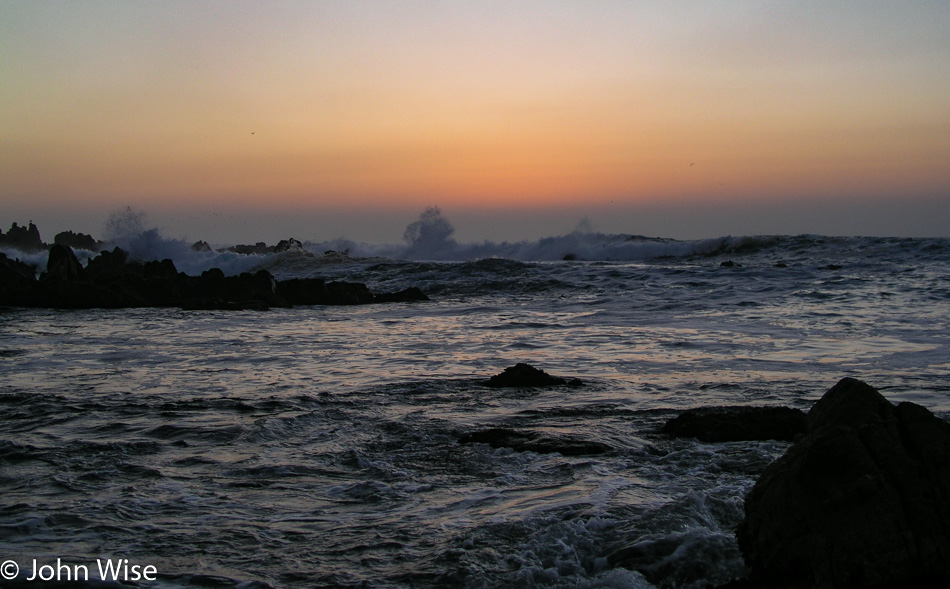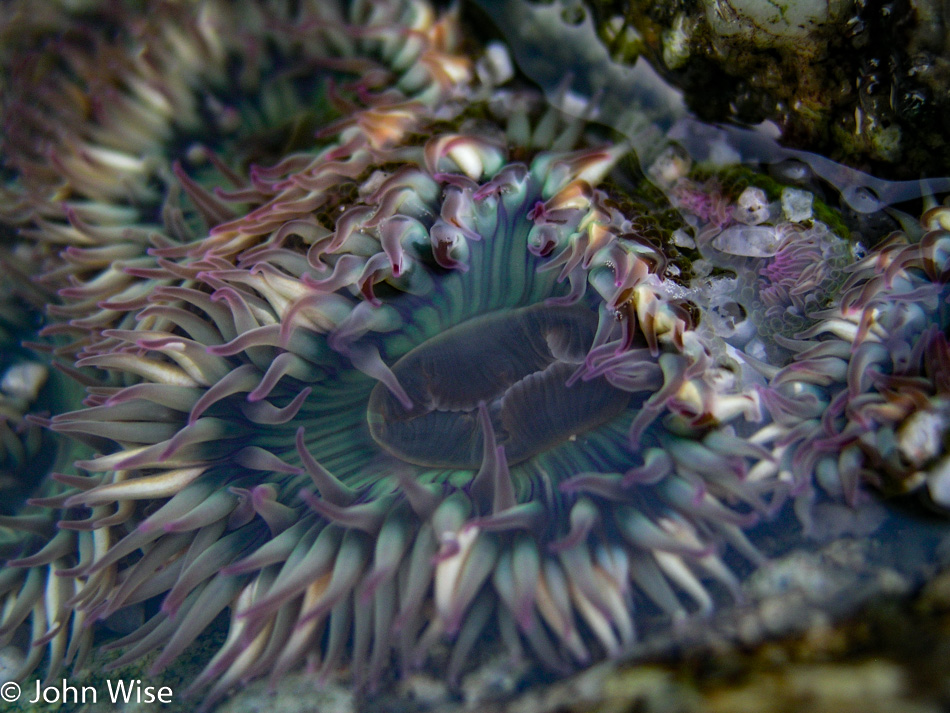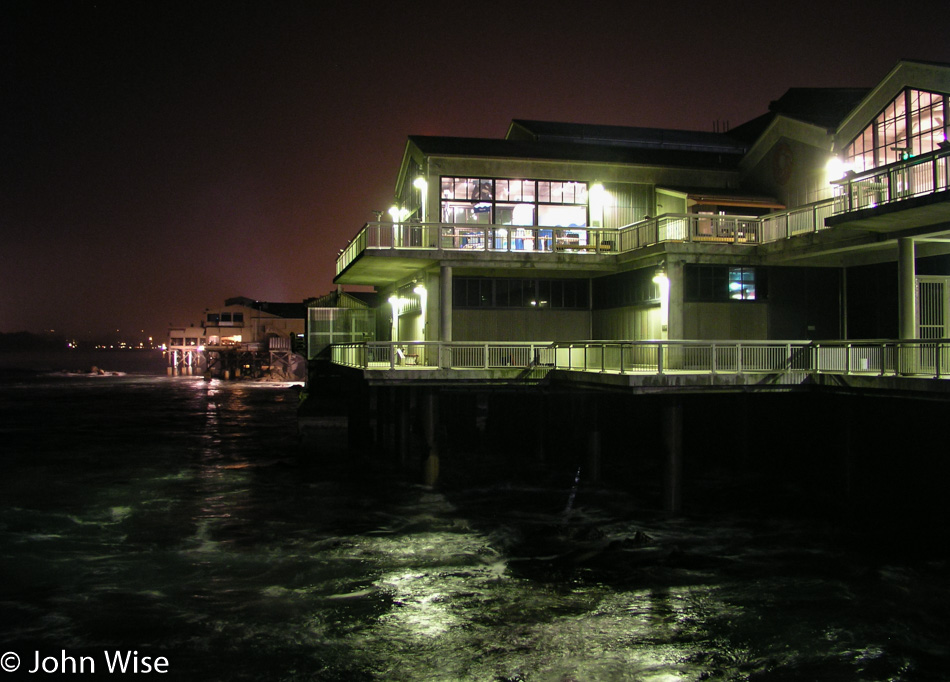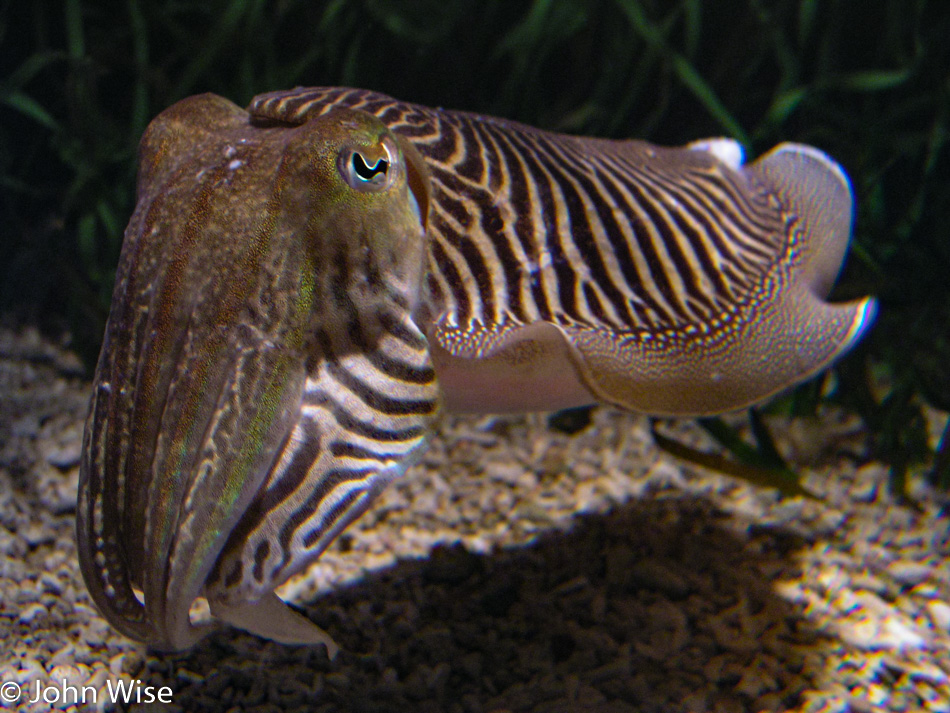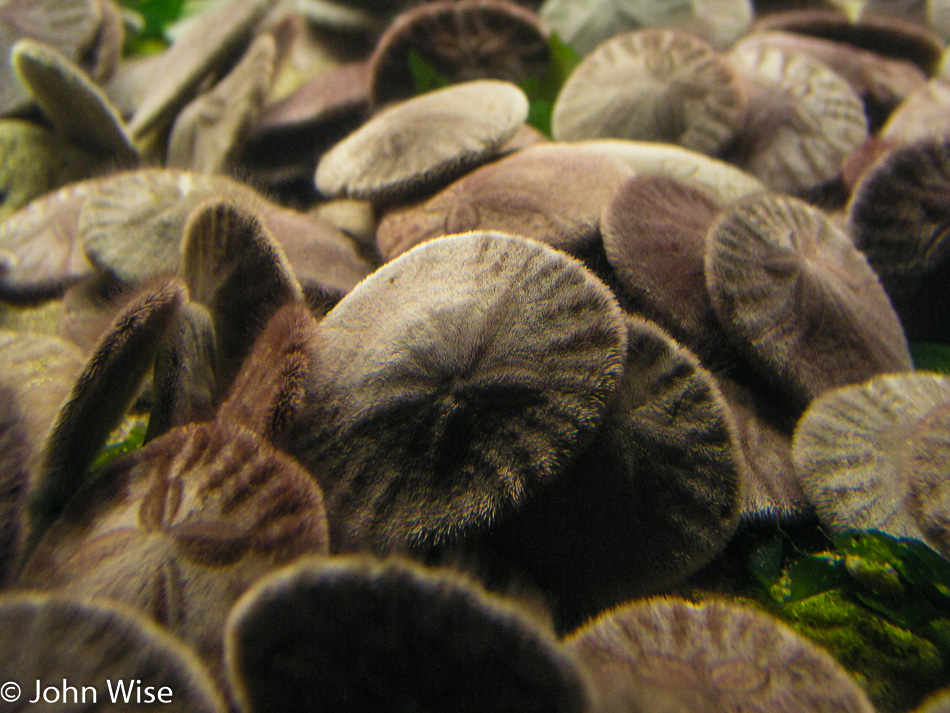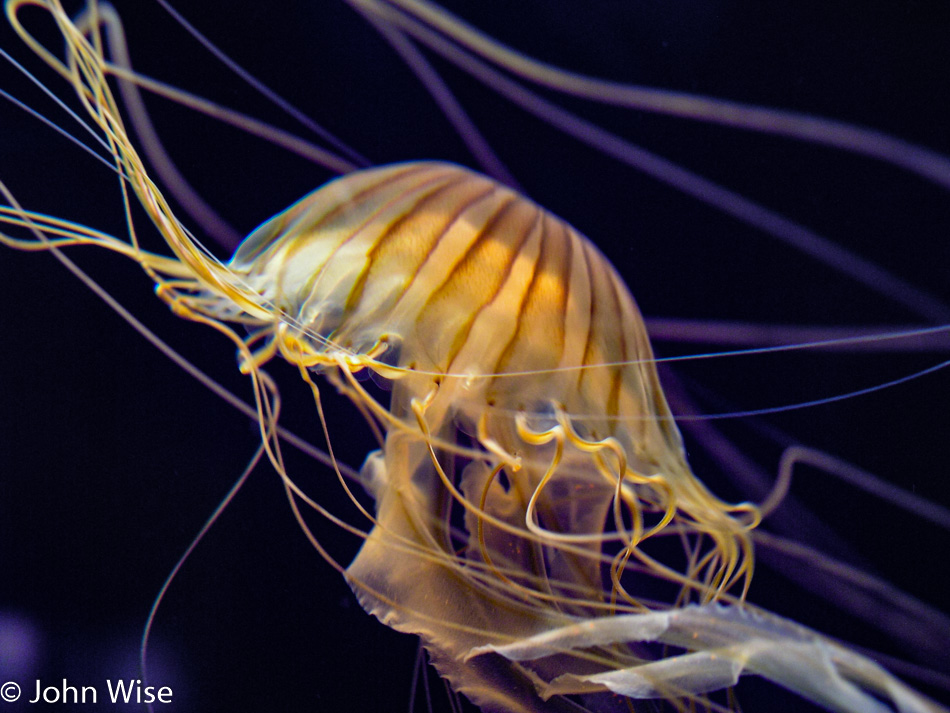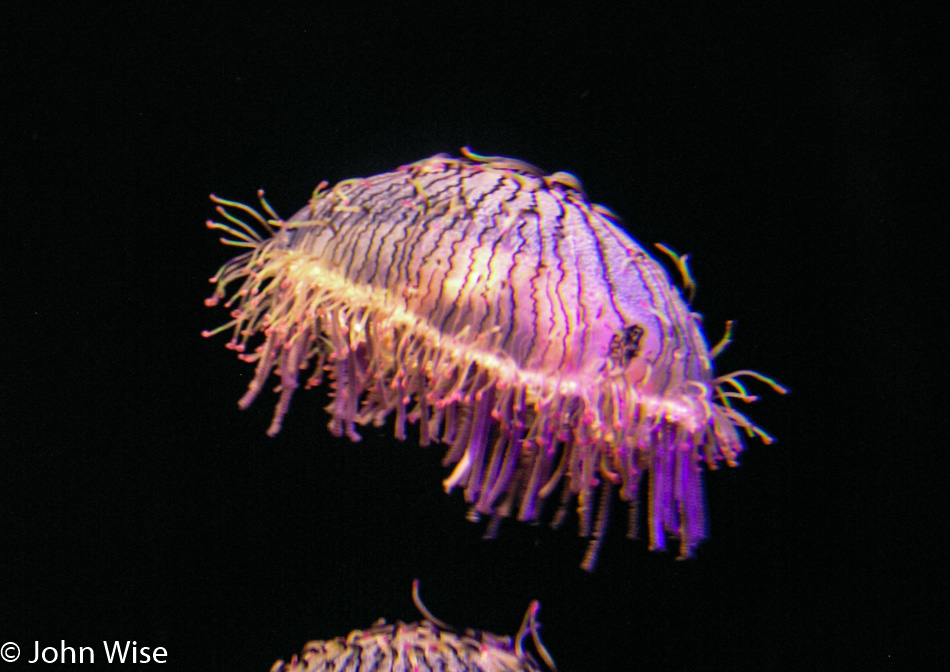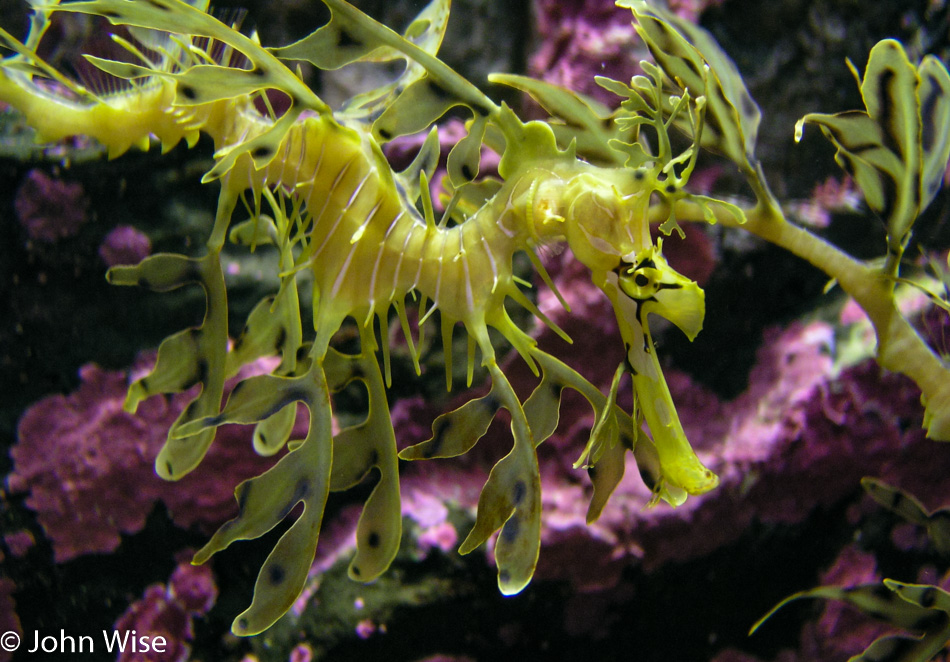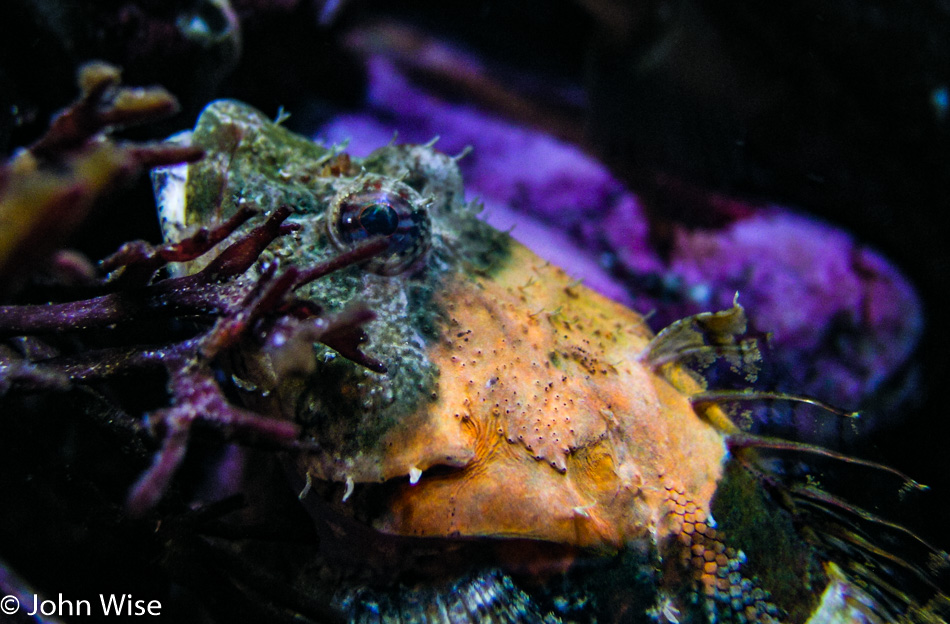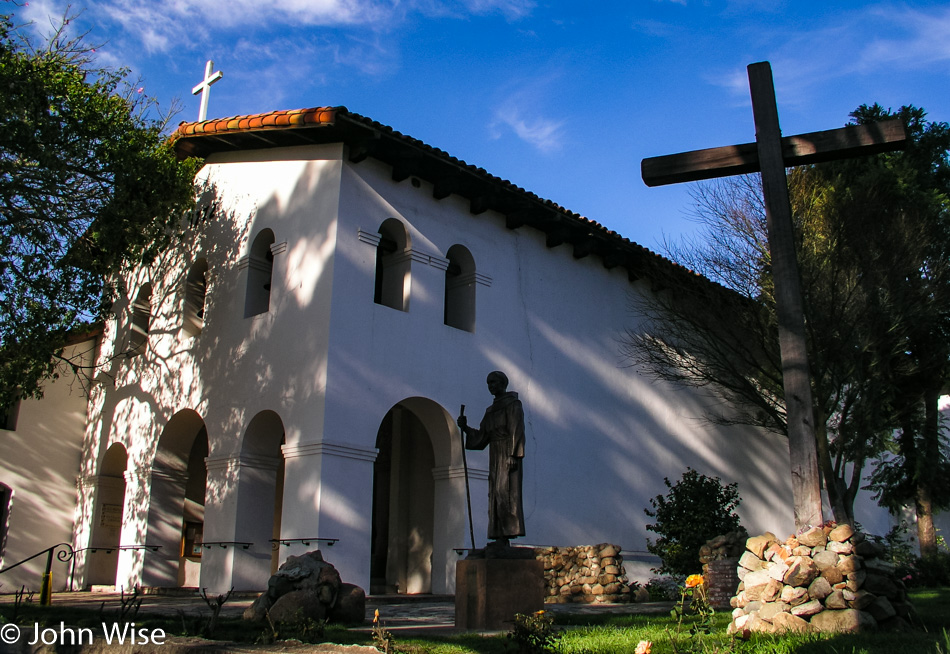
Asleep at 11:30 or 1:30 in the morning, it doesn’t matter; we’ll still be up and ready to go for breakfast by 6:00 a.m., as that’s how my Aunt Ann and Uncle Woody do things. We pile Sophie the dog into the van and head to Cajun Kitchen, a current favorite that is a bit of a ritual on Saturday mornings.
As I’m not sure I’ve shared these tidbits before, I feel like I should drop them here for posterity. My aunt Ann is better known to the family as Tata, which we are all told means aunt in Croatian. Both of her parents were from Ozalj, Karlovac, Croatia. My great-aunt is likely a shopaholic and is obsessive-compulsive about saving coupons. Caroline and I also think she might have a propensity to grab things from work, such as staplers, pens, toilet paper, and other office supplies she thinks others might need. Every visit, we leave with a car full of stuff we don’t need, but we’ve learned not to refuse anything.
My great-uncle Woody landed on Omaha Beach in World War II to march across France on his way to Belgium, where he fought in the Battle of the Bulge. This guy has been my hero since I was a small child and was the embodiment of John Wayne to me. He could do anything, including getting my attention to stop whatever shenanigans I was going to get in trouble for. It never fails when we meet these two that they lavish heaps of appreciation on us for spending time with them, even if it’s only for some hours.
Following our rather brief visit, we took off to San Luis Obispo for a stop at the mission. Officially known as Mission San Luis Obispo de Tolosa, this is number nine of the 21 missions in California and was founded on September 1, 1772. Like so many of those Missions that dot the California coast, most were in disrepair at some point in their long history. This particular outpost of the Spaniard Missionaries was falling to ruin when, back in the early 1930s renovations began.
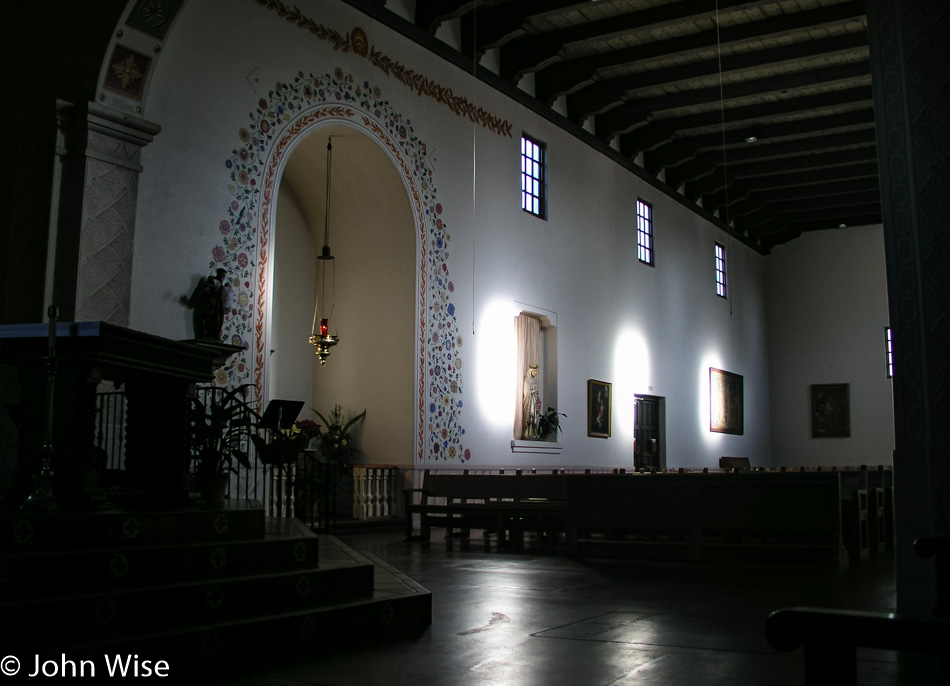
I don’t think I’ve ever been to a historic church I didn’t like; the same can be said for Caroline. Solemn, serene, peaceful, and dignified are some of the words that come to mind when inside these places of worship. Many of these Missions are still operating, so it’s important to enter in observance of those who may be in prayer.
Looking back, it’s easy to be dismissive of the purpose of the Missions when you consider that their task was to bring Native Americans into the fold. Often, this was done oppressively, but we only really know that due to hindsight as, at the time, popular thinking placed indigenous people as being equivalent to animals. A sad history for sure, but we can’t whitewash reality.
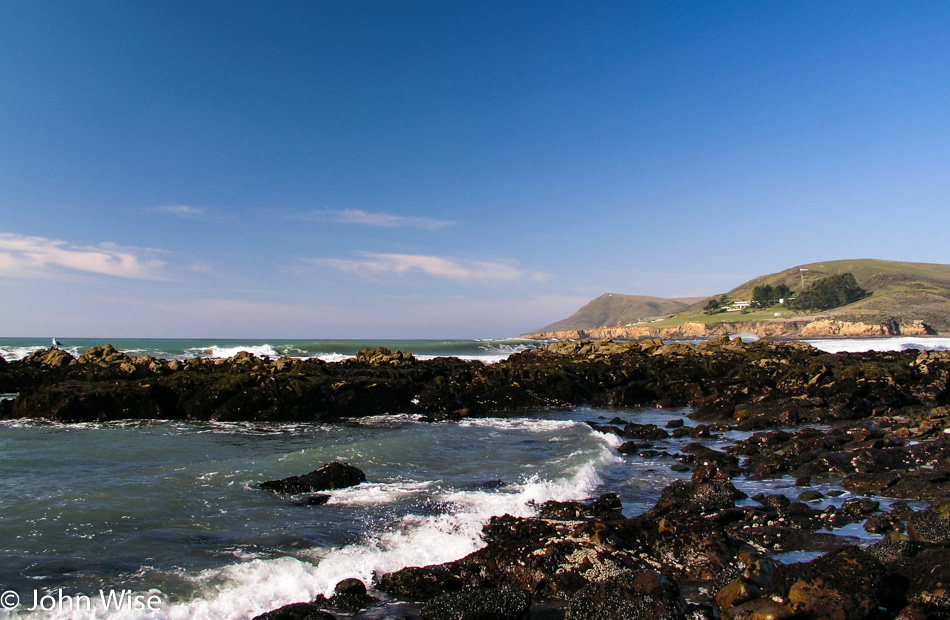
Continuing on Highway 1 and a bit further up the coast, those feelings of solemnity and serenity we had in the Mission are being felt right here. Where the ocean meets land, it is as though we have come to another place of worship. If you don’t visit the ocean often, you may not notice, but the tide is extra low this morning. This is called a negative tide, and it helps expose tide pools that aren’t often seen.
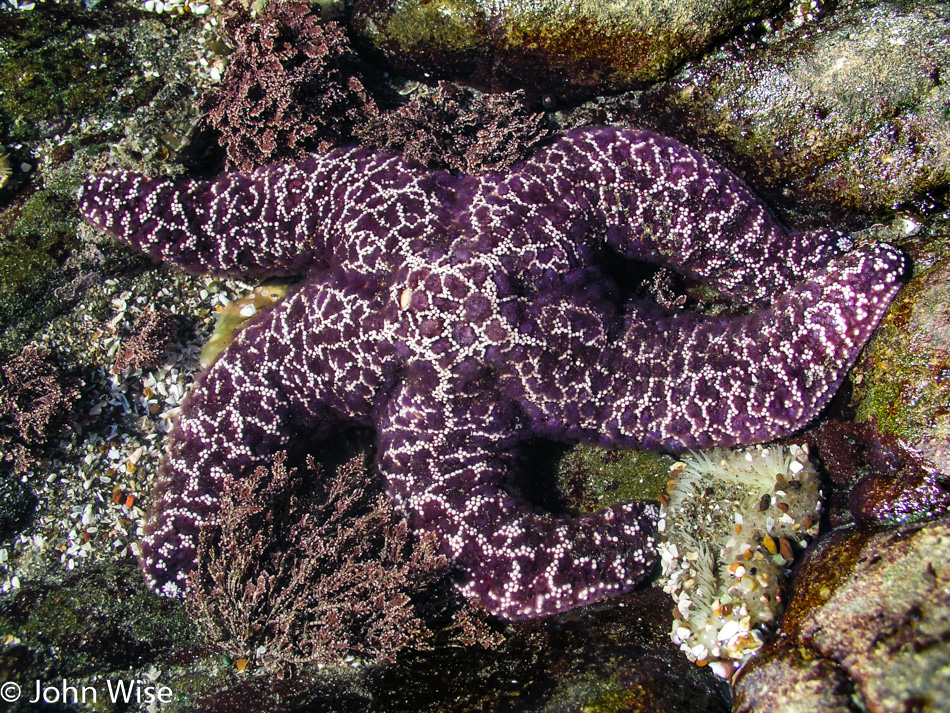
The mighty and all-powerful starfish. How do they get this big, as we never see baby starfish? How do they move, as we never see them crawling about? How do they contort their arms into the cracks when they feel like steel? Are they aware of their arms, and do they sense the anemone and know not to rest its arm across it? To me, their strength is extraordinary – have you tried prying one off a rock? Their average lifespan is about 35 years; I wonder how far they travel during that time.
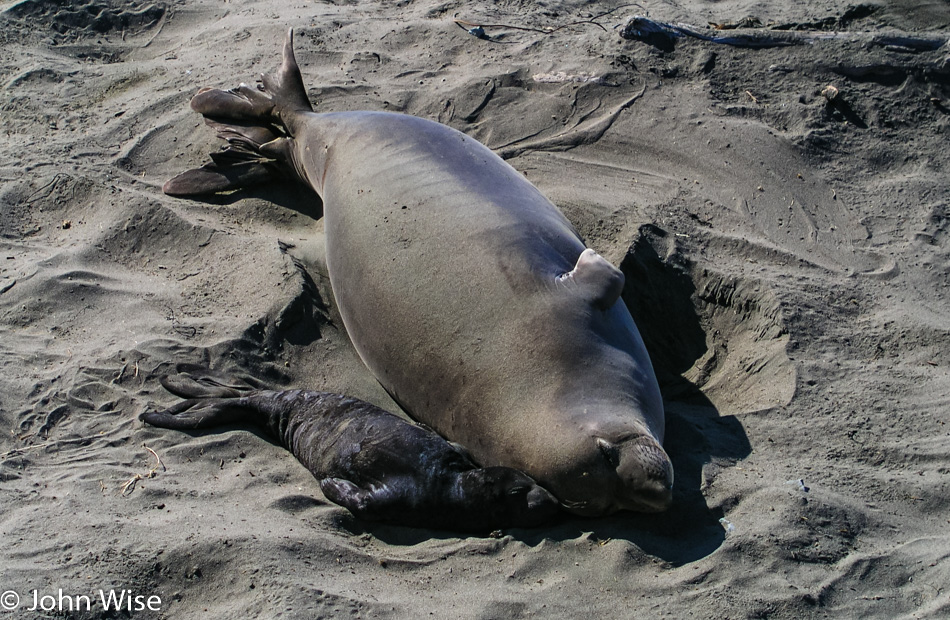
We are about five miles north of San Simeon and Hearst Castle, which we have failed yet again to visit, but we are not missing the opportunity to stop at the elephant seal colony that lives up here. It was just two years ago that we were here on New Year’s Eve and first learned that it’s that time of the year when the cows are giving birth, and the beach is scattered with squelching pups and sleepy moms.
As the seals bask in the sun, tossing sand across their backs and carefully maneuvering around their pups, everyone around us is transfixed on seeing something we may only get to see once in a lifetime. The visitors, by and large, wear seriously big smiles for the occasion, which I believe helps cement the sights into indelible memories.
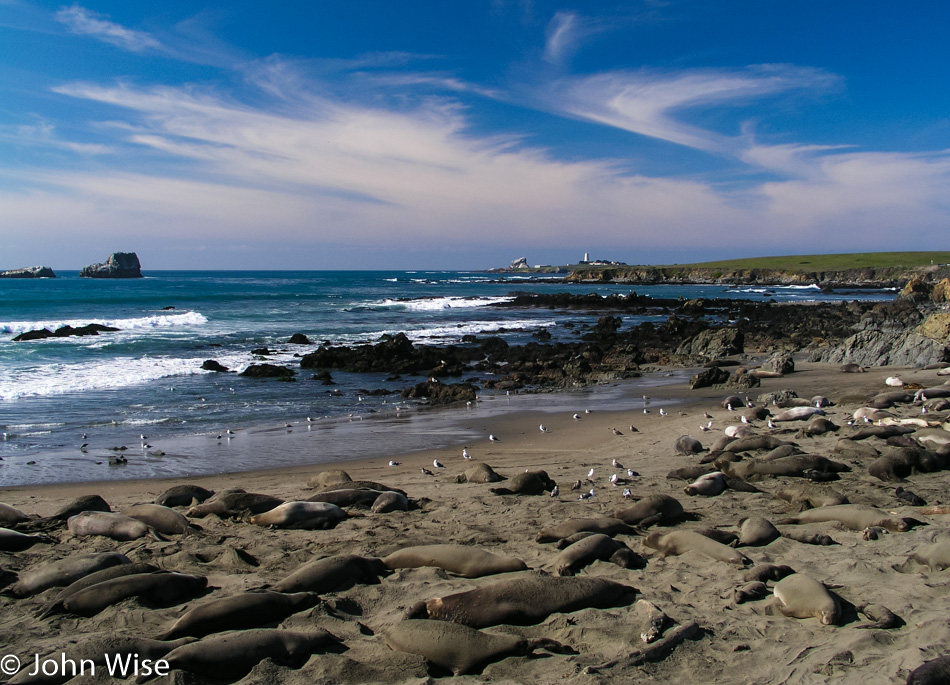
We’ve never seen an elephant seal that we didn’t like. While we might be a little disappointed at the boardwalk and fencing that is here compared to our first visits, it is great that California is making an effort to protect the colony. Also, a big thank you to the Monterey Bay Aquarium for supplying docents down here to answer questions and educate visitors.
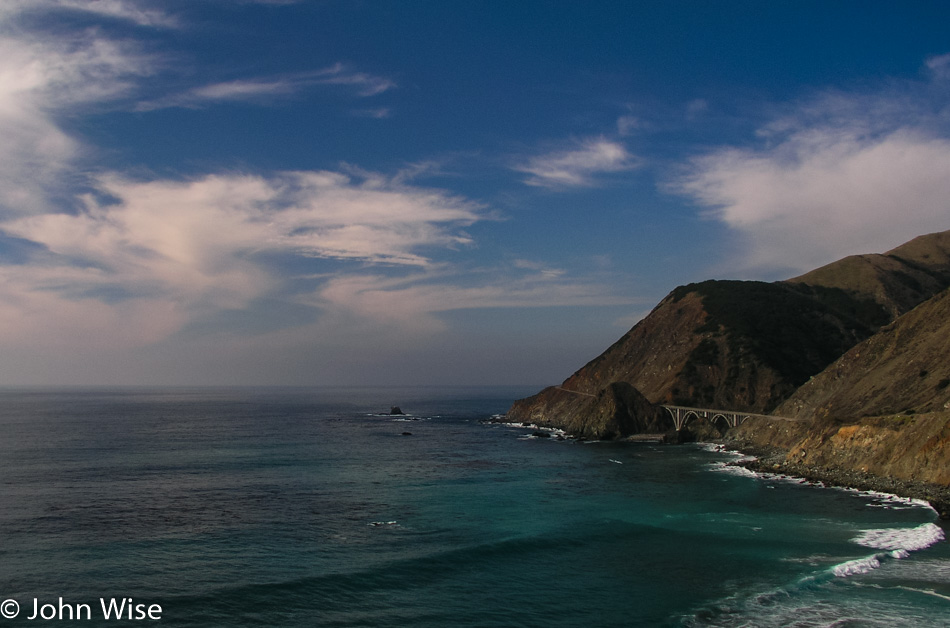
We are now about 32 miles north of Ragged Point, which is the county line between Monterey and San Luis Obispo County. Lime Creek Bridge on Highway 1 at mile marker 32 is one of the two iconic bridges on this road at the ocean’s edge.
Stop a second and consider the incredible engineering feat of carving this narrow road that hugs these steep cliffsides that race to the ocean. We drive slow, really slow, as we creep along in awe of the sights on offer along this historic road. Our leisurely pace, though, is not appreciated by the locals who use this scenic byway as a racecourse that delivers them to their jobs up or down the coast. They want to believe that by pulling right up to our bumper to pressure us to hit the gas, which will somehow wake us from our slumber and have us get out of their way, wrong. It’s a pity that these impatient and rude troglodytes have lost their awe of the amazing are could care less about those who might be out here enjoying this on the only opportunity they may ever have to take it all in.
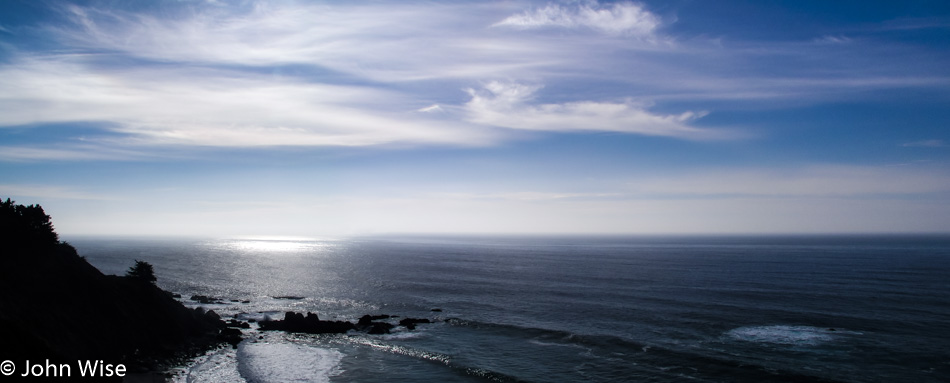
A big blue, unfathomably large ocean that goes on forever, giving no point of reference for what lies within its mysteries. We are relegated to stand at its shores and try to imagine, and even if we drag ourselves out over the surface, we will only ever know a sliver that is meaningless in relation to its scale. Strange to think that we can easily take a photo of the stars than ever see an inventory of the sea.
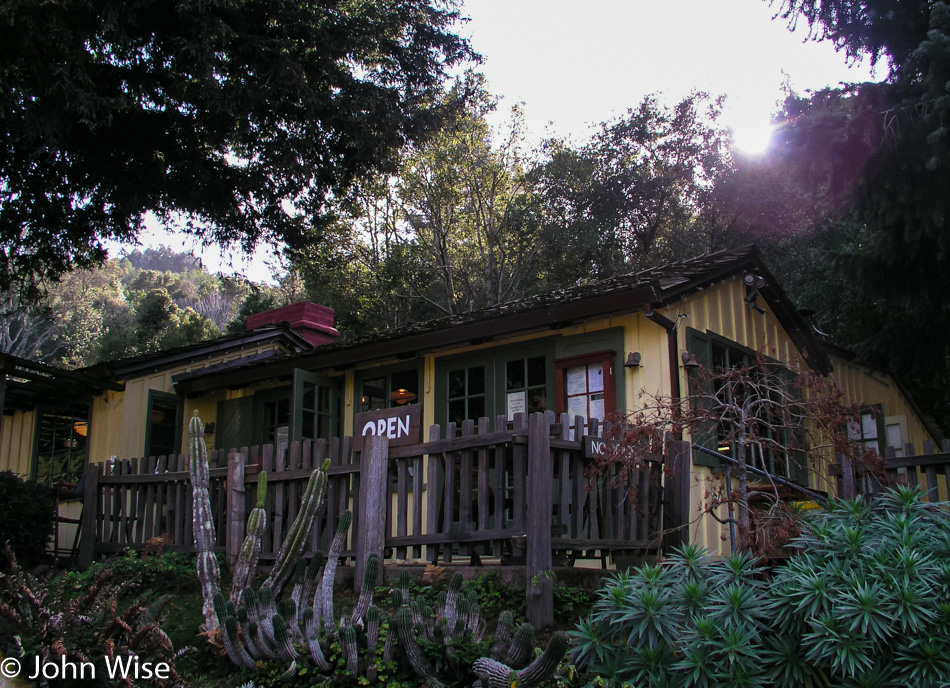
There should never come a time when Caroline and I are traveling the Central California Coast that we do not stop at the Big Sur Bakery. You can have Nepenthe, which does, in fact, have tremendous views, but coffee and scones here in the woods of Big Sur deliver a kind of magic we are missing at the famous eatery back down the road.
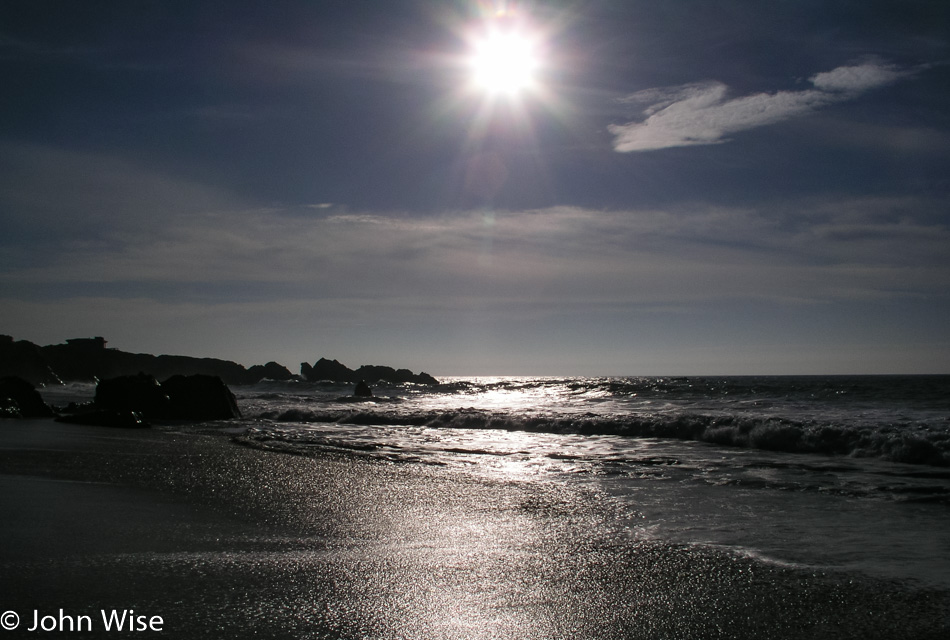
Garrapata State Park should be renamed John and Caroline’s Favorite Beach because, while I’ve probably said it before, the combination of sound, light, and views north and south with the cliffside behind us make for the perfect orchestration of nature where her elegance is broadcast to the few discriminating souls that venture down here.
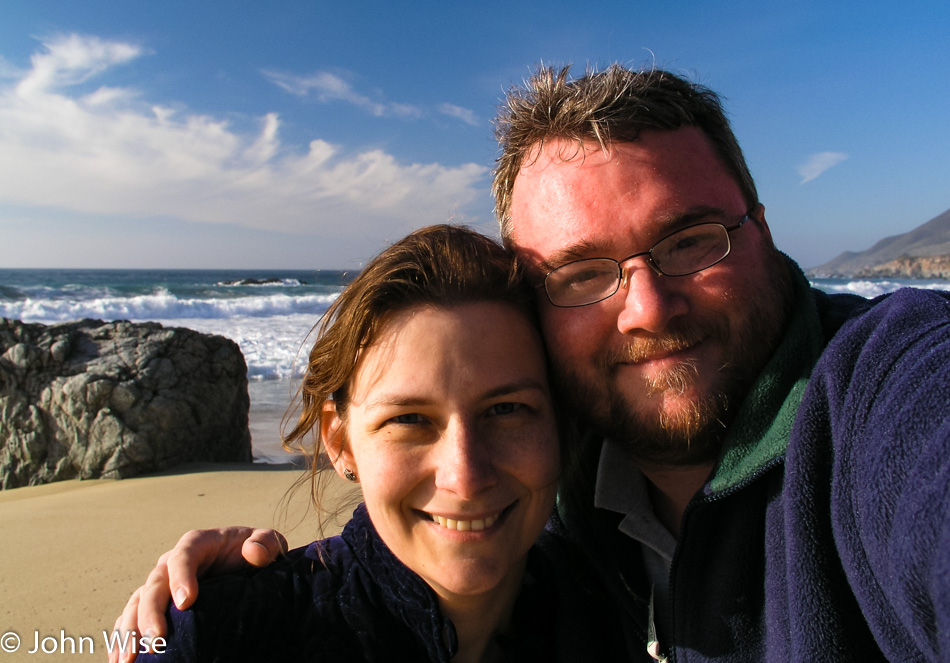
Yes, we are happy to be here again. We are happy to be in love and happy to have each other. Happy is the place to be.
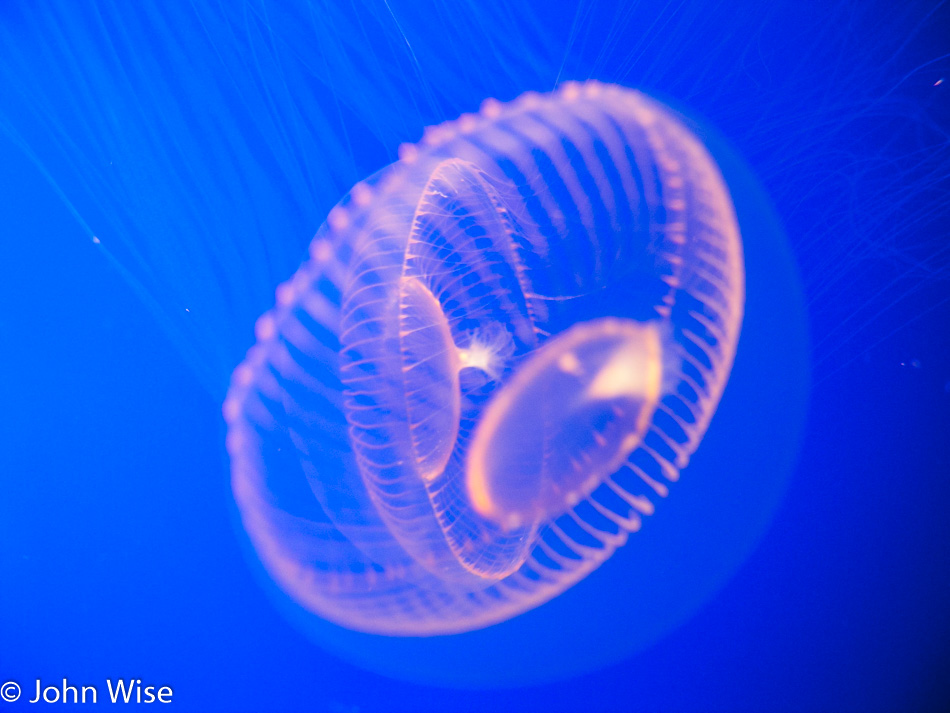
Do you know what the greatest thing is about being a season pass holder for the Monterey Bay Aquarium? It’s that no matter what time you arrive, you can dip into the aquarium for the last hour of the day, and it all feels worth it. This afternoon, we became members for only $85 for the two of us; actually, it’s good for four people. Guess what we’ll be doing tomorrow?
For now, this is our place in Nirvana. A perfect destination that alights all of our senses, well maybe not taste, but you get the idea. So Yellowstone should probably be included in the perfect place category but before I get carried away and make a list of 100 items long, I’ll leave this at that.
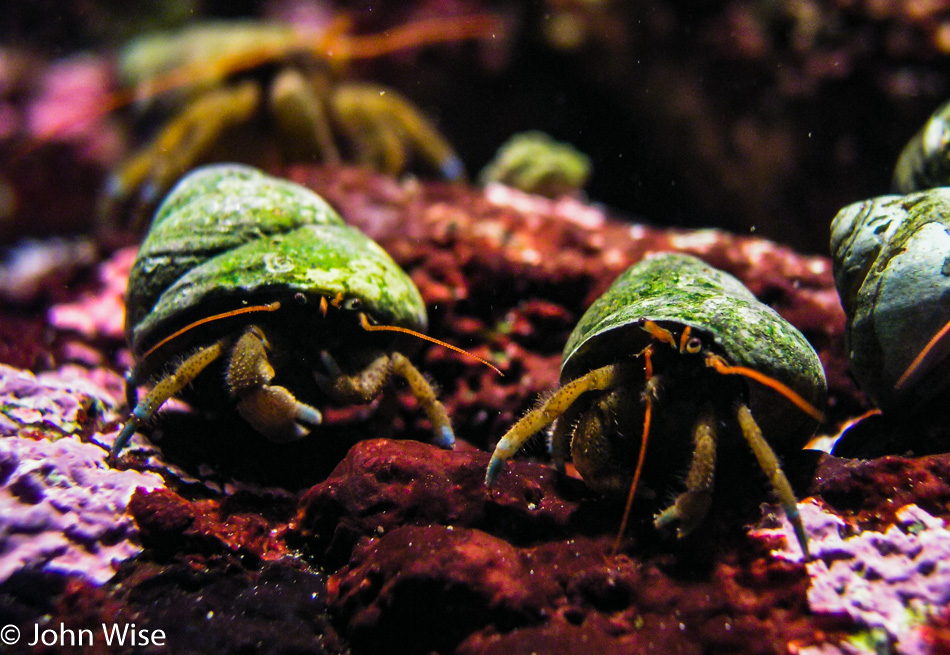
Feels like we are looking into a parallel universe where John and Caroline Crab are looking out at John and Caroline Wise, and we are looking in at them, not realizing we are all the same.
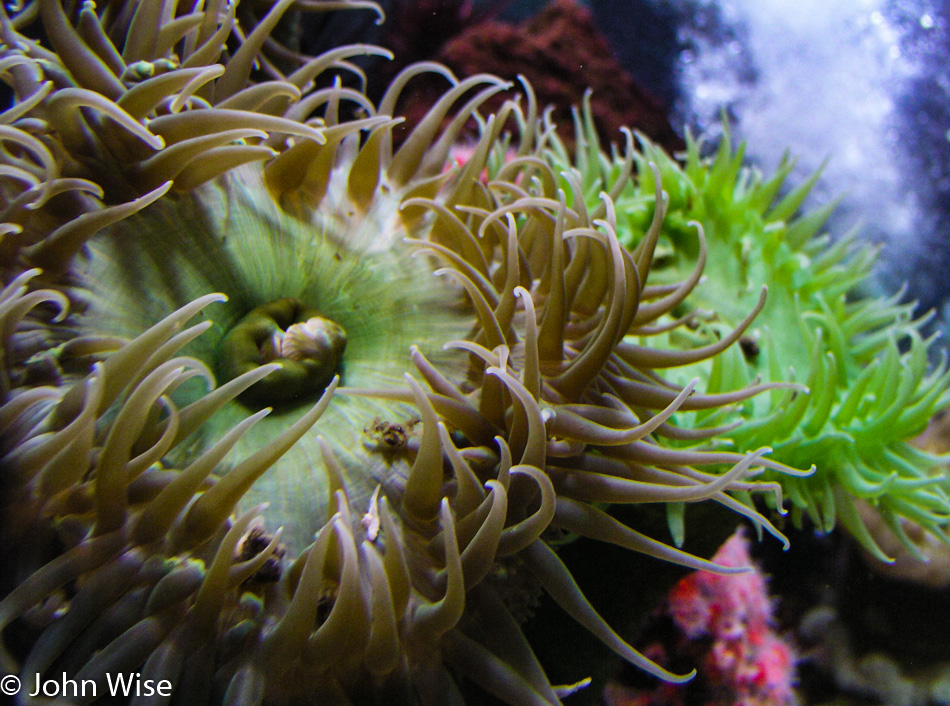
I’ll tell you what I love most about anemones: they don’t carry guns, and yet they are armed. For nearly 508 million years, they’ve lived in a symbiotic relationship with the rest of their ocean brethren and never once needed to pull out a gun to settle a score. You might say, “But they don’t know metallurgy and don’t have hands to use guns anyway,” but I’d suggest they would have evolved those skills and appendages had they given sea life an advantage.
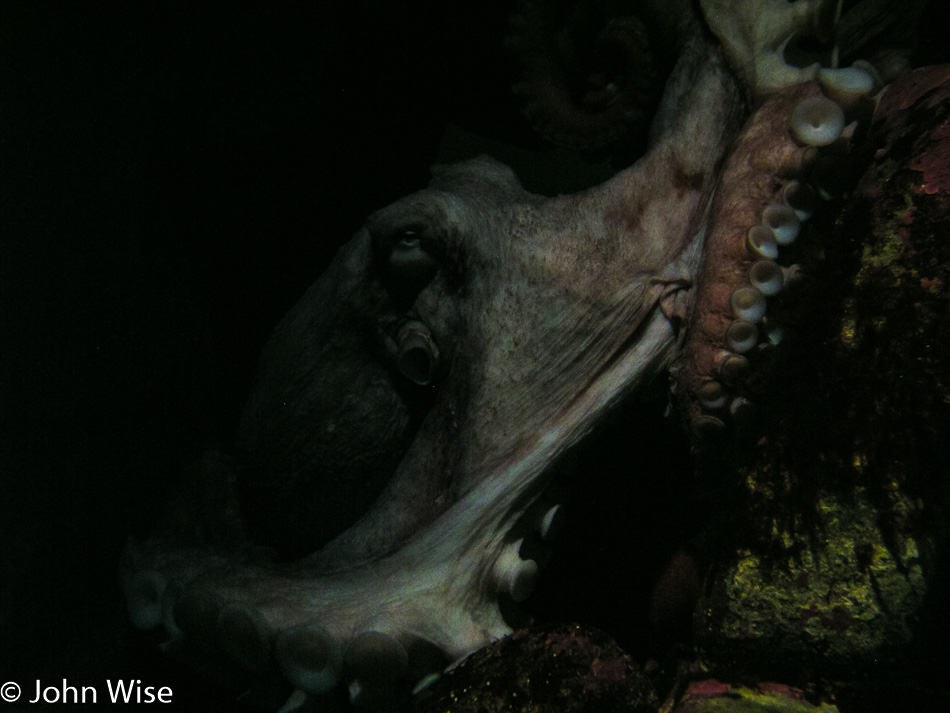
You don’t hang out on Earth for 300 million years and not know something far greater than us idiotic humans who shit in our own nests, kill and torture each other for the pleasure of inflicting pain and suffering, and poison our planet with no regard for other species. To think that these shapeshifting masters of cleverness only live for two to five years, you can easily be astonished by how many generations have preceded the octopus you are looking at right here. I guess I contradicted myself, for those who know me and that I resent pet owners who anthropomorphize their animals, yet here I am giving intelligence to a cephalopod.
